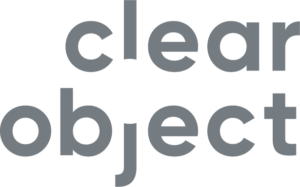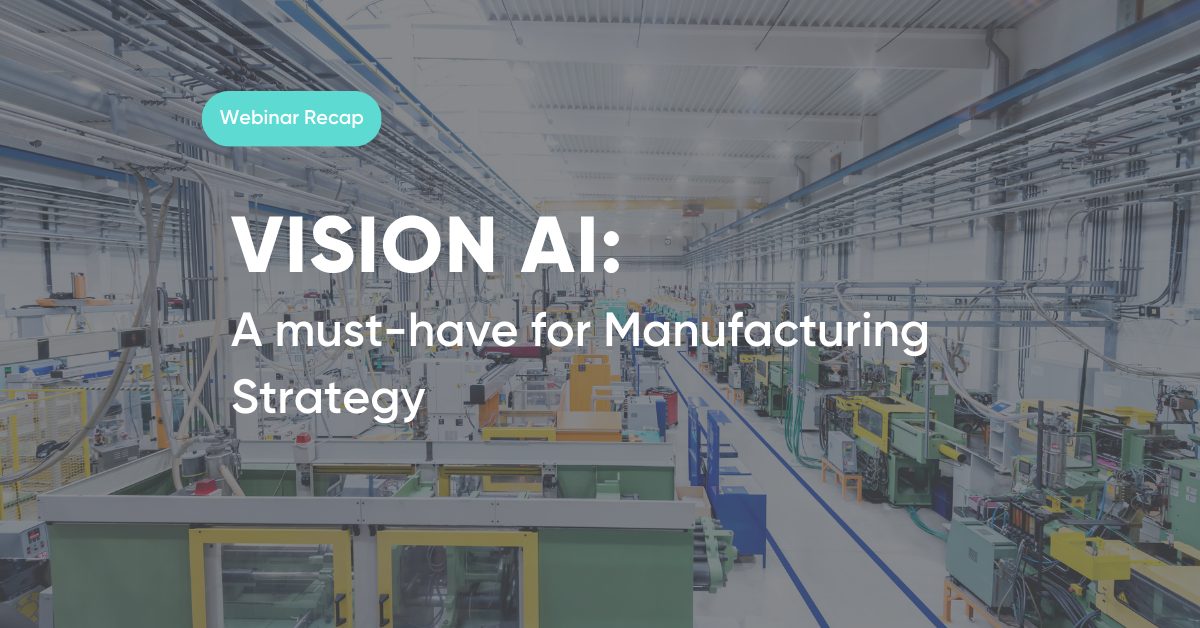If you are reading this blog post you are probably already aware that the manufacturing industry is on the cusp of a major transformation. What you may not be aware of is the role of Vision AI in leading the charge. Vision AI technology, which allows computers to “see” and interpret images, is rapidly changing how factories operate, boosting efficiency, and driving innovation.
Clear Object, a leading Vision AI solutions provider recently hosted a webinar featuring Stuart Farber, VP of IT at Clemens Food Group, a major pork supplier, where he shared valuable insights into the power of Vision AI and how manufacturers can successfully implement it.
The Rise of AI in Manufacturing
It’s no secret that AI is becoming increasingly important in the manufacturing world. A recent Deloitte survey found that a staggering 93% of companies believe AI is crucial for growth and innovation in the sector. What’s more, 83% of manufacturers predict that smart factory solutions, powered by AI, will revolutionize production within the next five years. This optimism stems from the fact that AI technology is becoming more affordable and its capabilities are expanding at an incredible pace.
But the industry is also facing some serious challenges, including rising costs and labor shortages. Many manufacturers are struggling with increased material costs, understaffed facilities, and rising labor costs. To combat these pressures, they’re actively seeking innovative solutions to increase productivity and cut expenses.
Vision AI: A Powerful Solution
Vision AI offers a compelling answer to these challenges. By using algorithms to analyze images and videos, Vision AI can identify objects, patterns, and more. This opens up a world of possibilities:
- Data-Driven Insights: Vision AI transforms unstructured visual data (like images and videos) into structured, usable information. This allows manufacturers to analyze data, identify trends, and make informed decisions.
- Automation: Repetitive tasks, such as quality control, can be automated with Vision AI, freeing up valuable human resources for more complex tasks.
- Enhanced Decision-Making: By providing real-time insights and identifying anomalies, Vision AI enables faster and more effective decision-making.
- Innovation: Vision AI is paving the way for exciting innovations in areas like autonomous vehicles and augmented reality within the manufacturing space.
Clemens Food Group: A Vision AI Success Story
Clemens Food Group, a major pork supplier with over a century of experience, is successfully testing new uses for Vision AI. Stuart Farber, their VP of IT, shared their journey during the webinar. He highlighted the importance of a “business-driven IT” approach, where technology adoption aligns with specific business goals.
Clemens Food Group engaged with their business teams early on, demonstrating the potential of Vision AI through demos and identifying high-impact use cases with strong ROI. To address potential resistance from operational teams, they prioritized transparency, clearly demonstrating the value of Vision AI and assigning ownership within departments. This data-driven approach, with a focus on proving ROI, helped them gain buy-in across the organization.
Real-World Applications of Vision AI
The webinar showcased the versatility of Vision AI with various real-world examples:
- Optimizing Operations: Vision systems installed above existing equipment can monitor KPIs like job queuing, machine speed, and defects. This data can automate reporting, identify deviations from standards, and improve overall efficiency.
- Real-time Process Control: By automatically tracking parameters like fill levels, Vision AI can integrate with programmable logic controllers (PLCs) to adjust processes in real-time, ensuring product consistency and reducing errors.
- Ensuring Quality in Low-Volume Production: Vision AI can compare products against a “golden image” to identify anomalies in low-volume production runs where product variability is high.
- Improving Yields and Reducing Waste: Real-time monitoring of material flow enables adjustments that minimize scrap and enhance product quality. One insulation manufacturer achieved a 500% ROI and a 5% scrap rate reduction with this approach.
- Enhancing Safety: Crane operators can use Vision AI to verify hook engagement before lifting heavy loads, improving safety protocols and reducing downtime.
- Quality Control in Food and Beverage: Vision AI can detect missing or damaged components, preventing contaminated products from reaching consumers.
- Code Date and Label Inspection: Vision AI ensures correct placement and legibility of code dates and labels, a common challenge in the food and beverage industry.
- Scrap Monitoring: Even existing security cameras can be repurposed for Vision AI applications, enabling data-driven scrap reduction strategies without new hardware investments.
- Predictive Modeling: Vision data combined with predictive modeling creates “soft sensors” that adjust process controls like line speed, optimizing material usage and preventing overproduction.
Implementing Vision AI: Key Considerations
Before implementing Vision AI, manufacturers should consider the following:
- Problem-Focused Approach: Start by identifying specific pain points or opportunities for improvement that Vision AI can address.
- Stakeholder Buy-in: Engage stakeholders from all relevant departments early on to ensure alignment and ownership.
- Pilot Project: Begin with a high-impact use case with a clear ROI to demonstrate the value of Vision AI before scaling up.
- Choosing the Right Partner: Select a vendor with a deep understanding of manufacturing, a proven track record, and ongoing support.
By following these guidelines, manufacturers can harness the power of Vision AI to enhance efficiency, reduce costs, and drive innovation.
Watch the FULL WEBINAR

